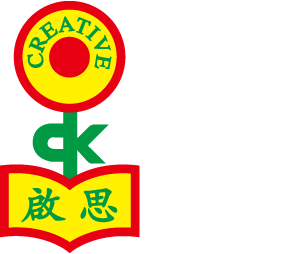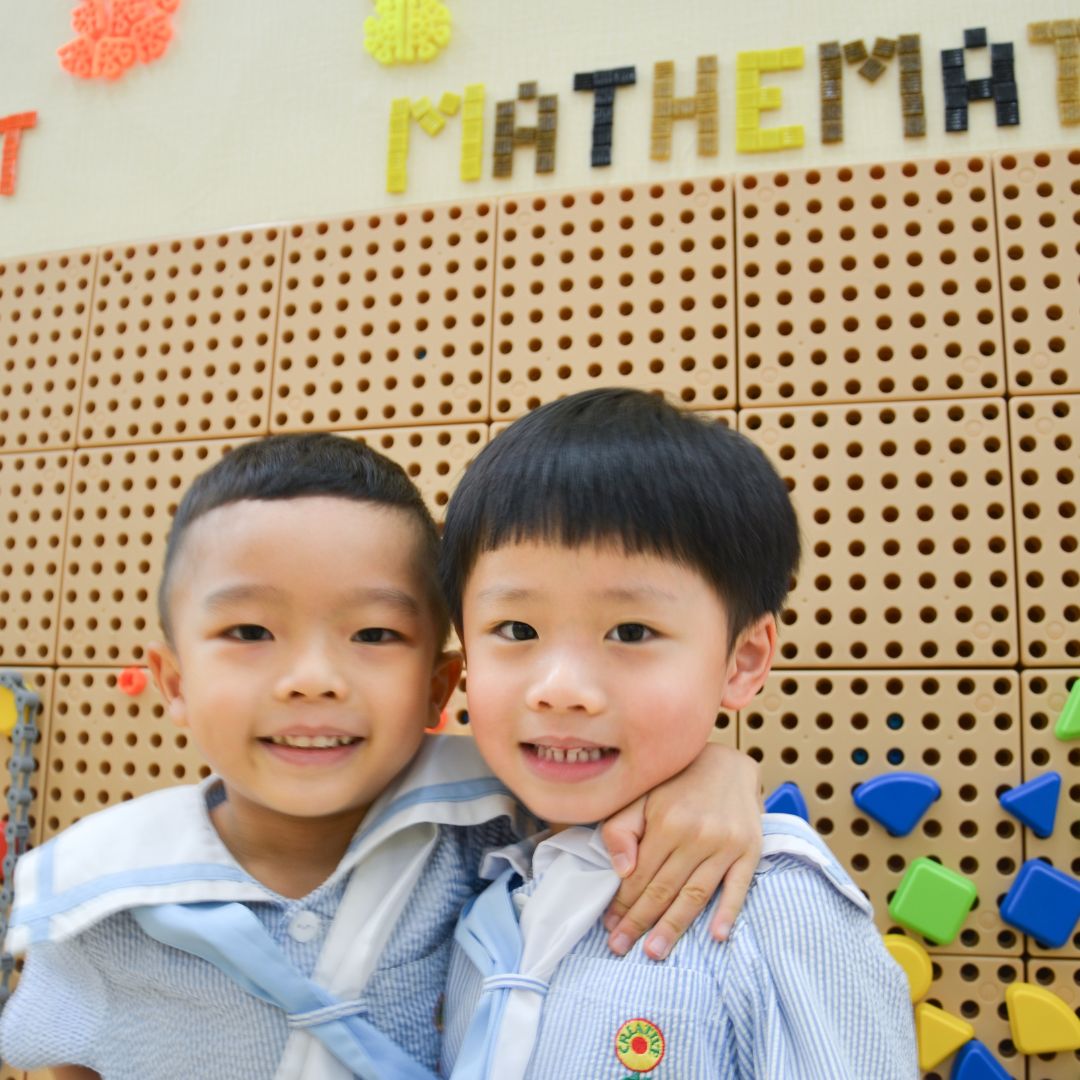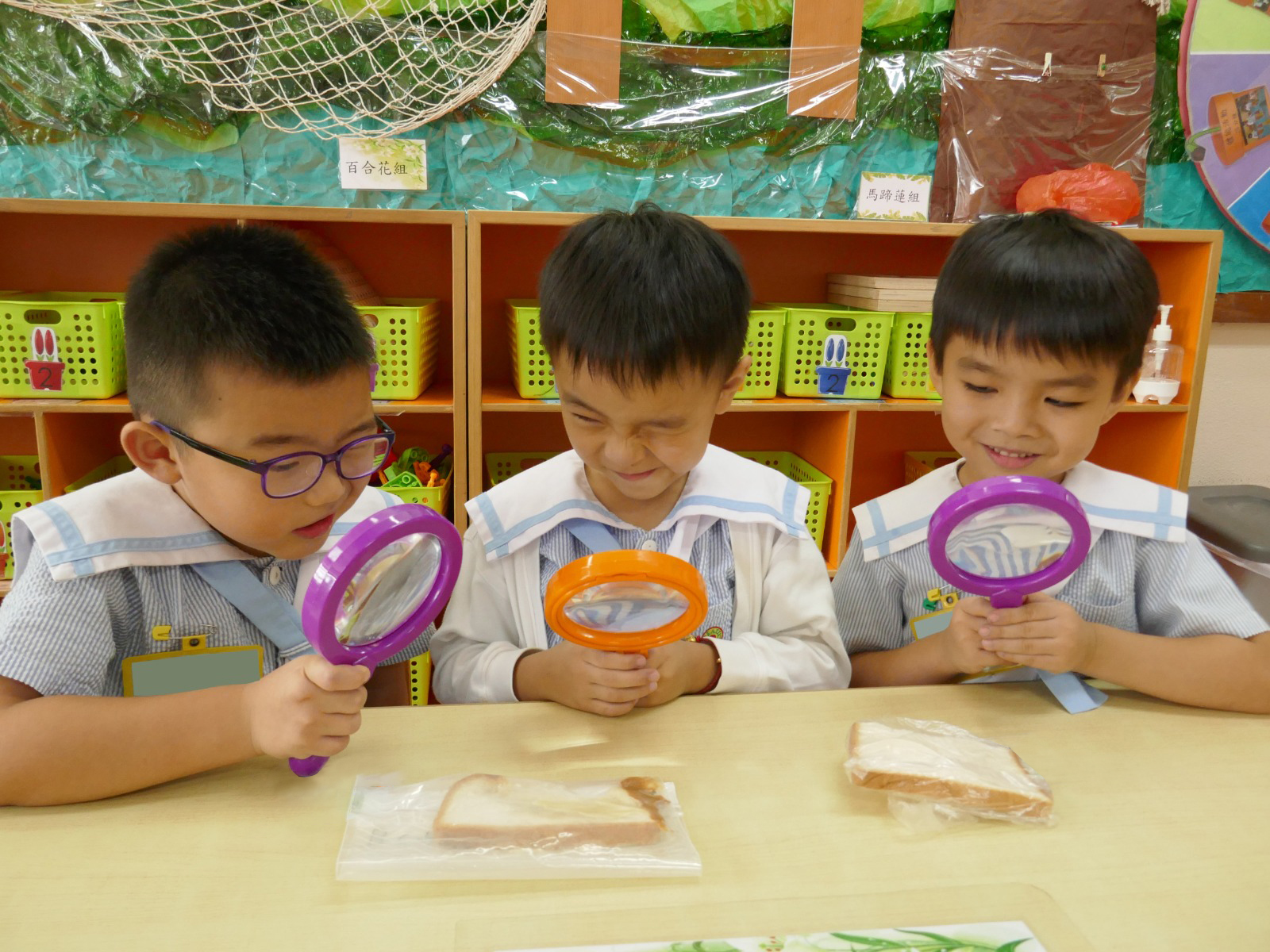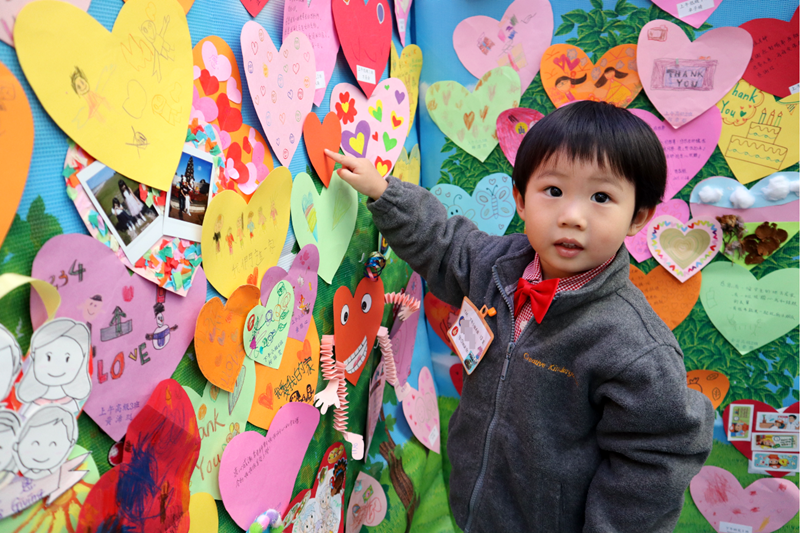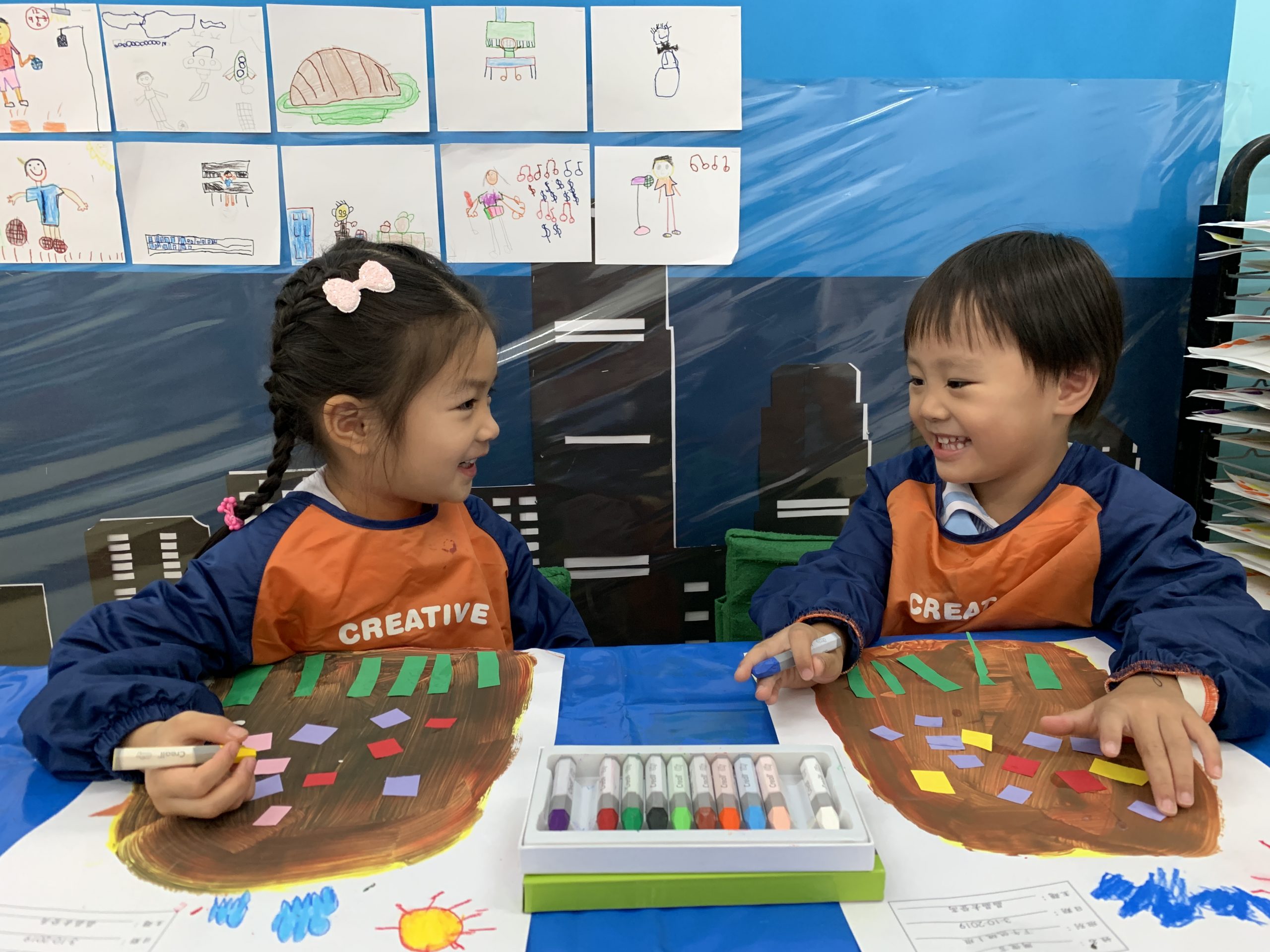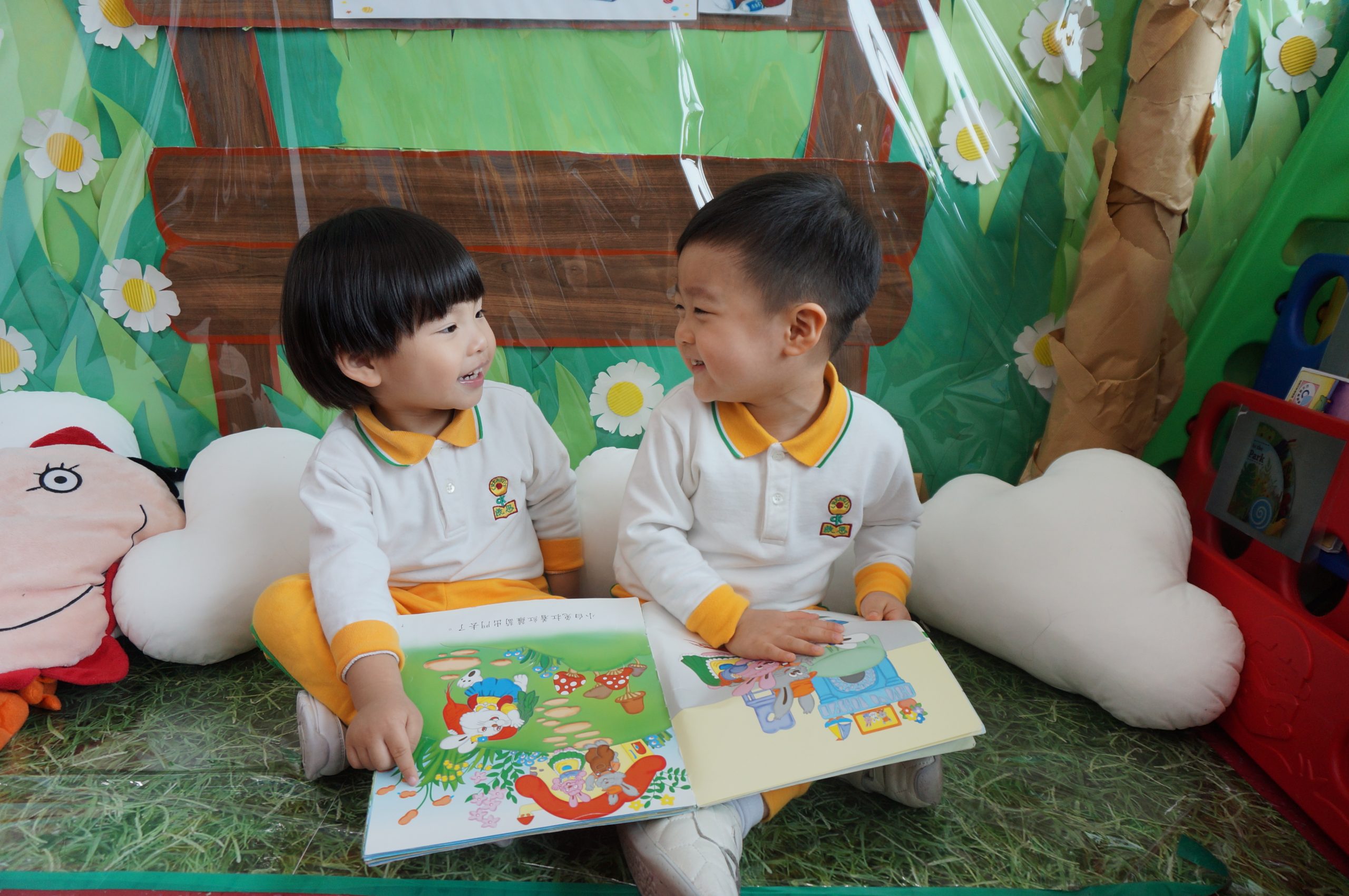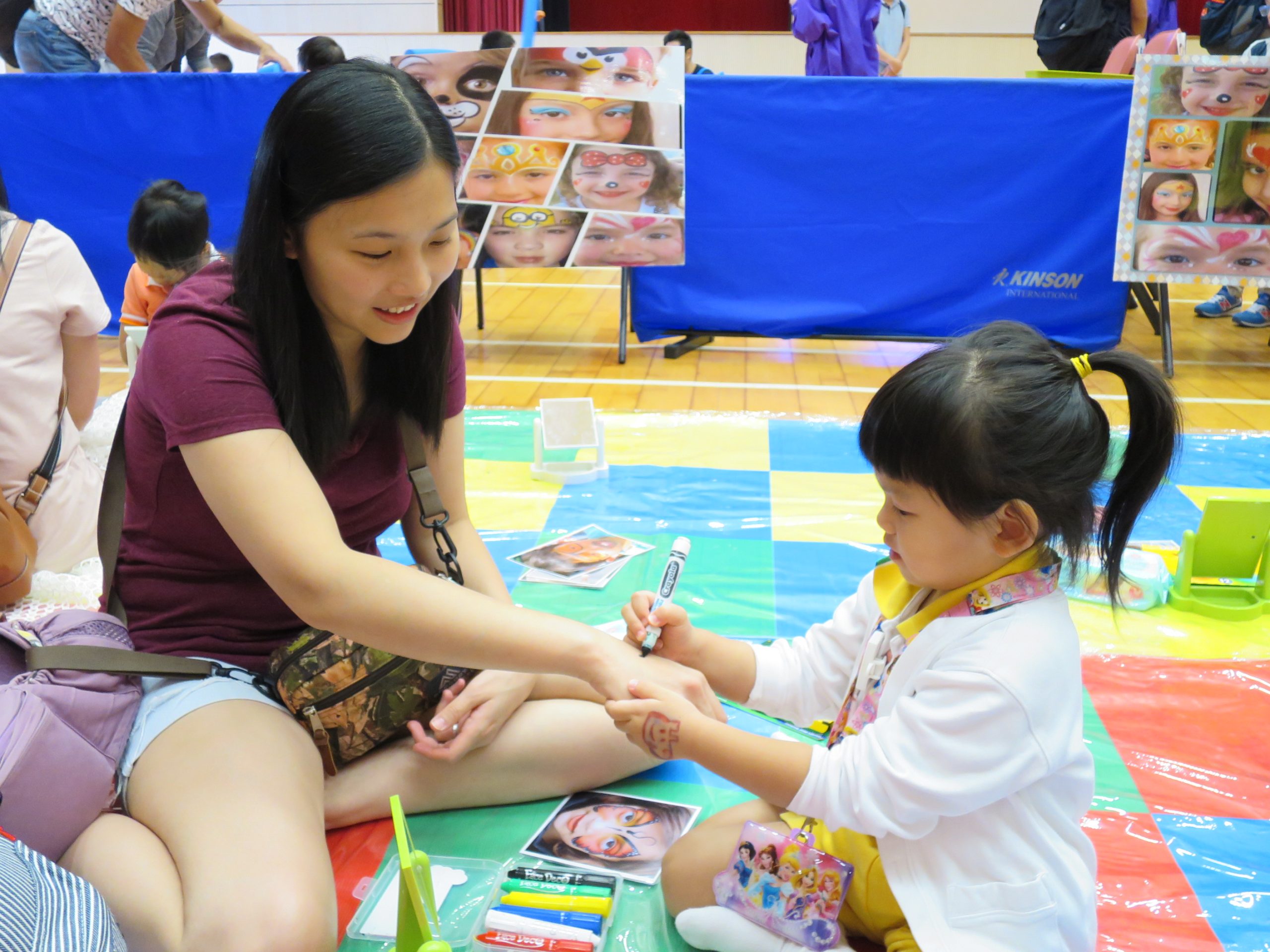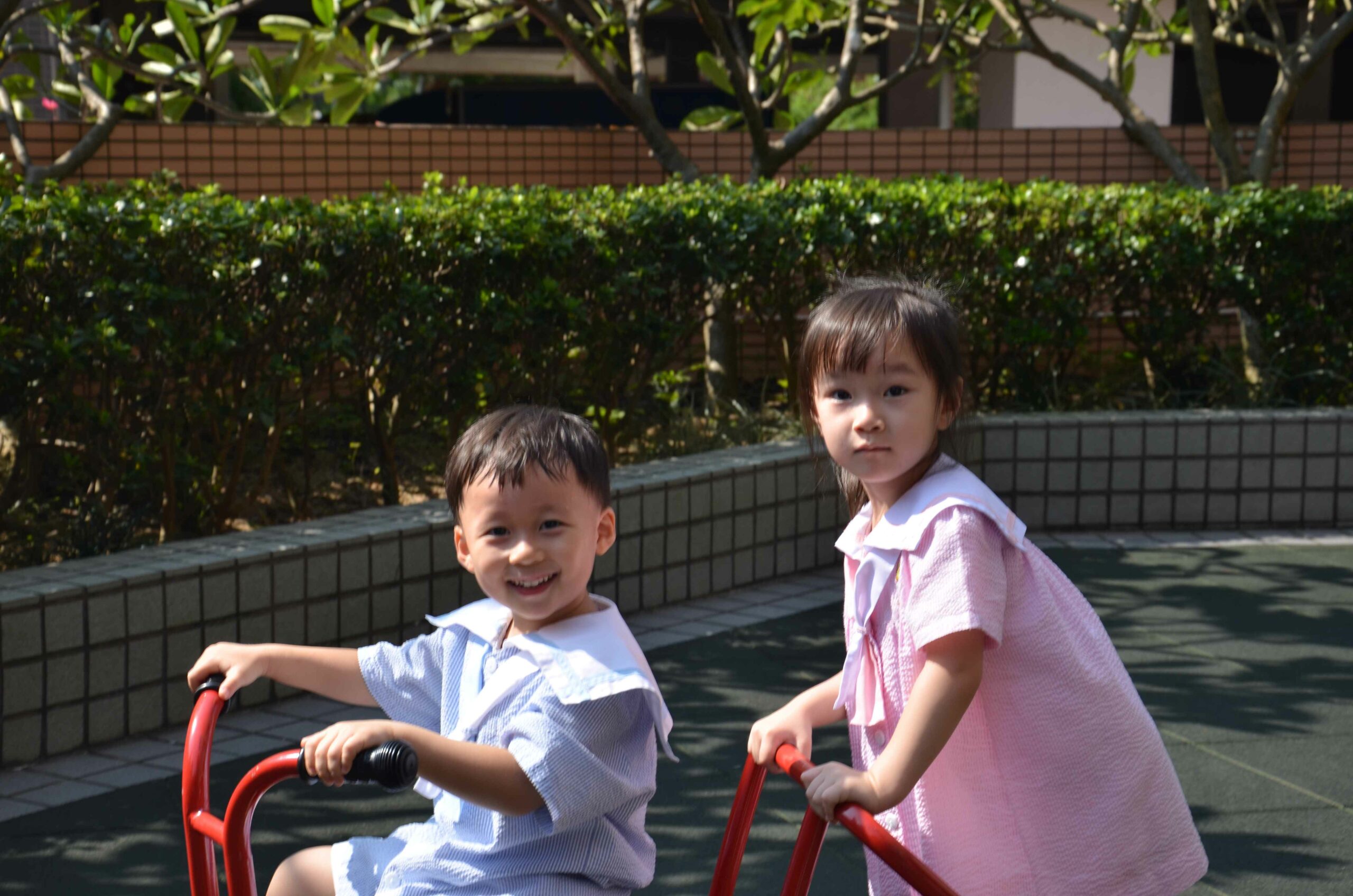
1) Nurturing a Loving Heart
To nurture a loving heart is the basis for morals and ethics. We hope our children can develop a positive, optimistic, confident, and...
To nurture a loving heart is the basis for morals and ethics. We hope our children can develop a positive, optimistic, confident, and mutually loving character in a happy environment with excellent traits like: being thankful, respectful, obedient, friendly, caring, sharing, confident, steadfast, responsible and willing to admit mistakes. We also focus on nurturing good life habits in children. Examples include: neatness, self help, politeness, and courtesy, obeying rules, healthy development of body and mind, as well as excellent etiquette.
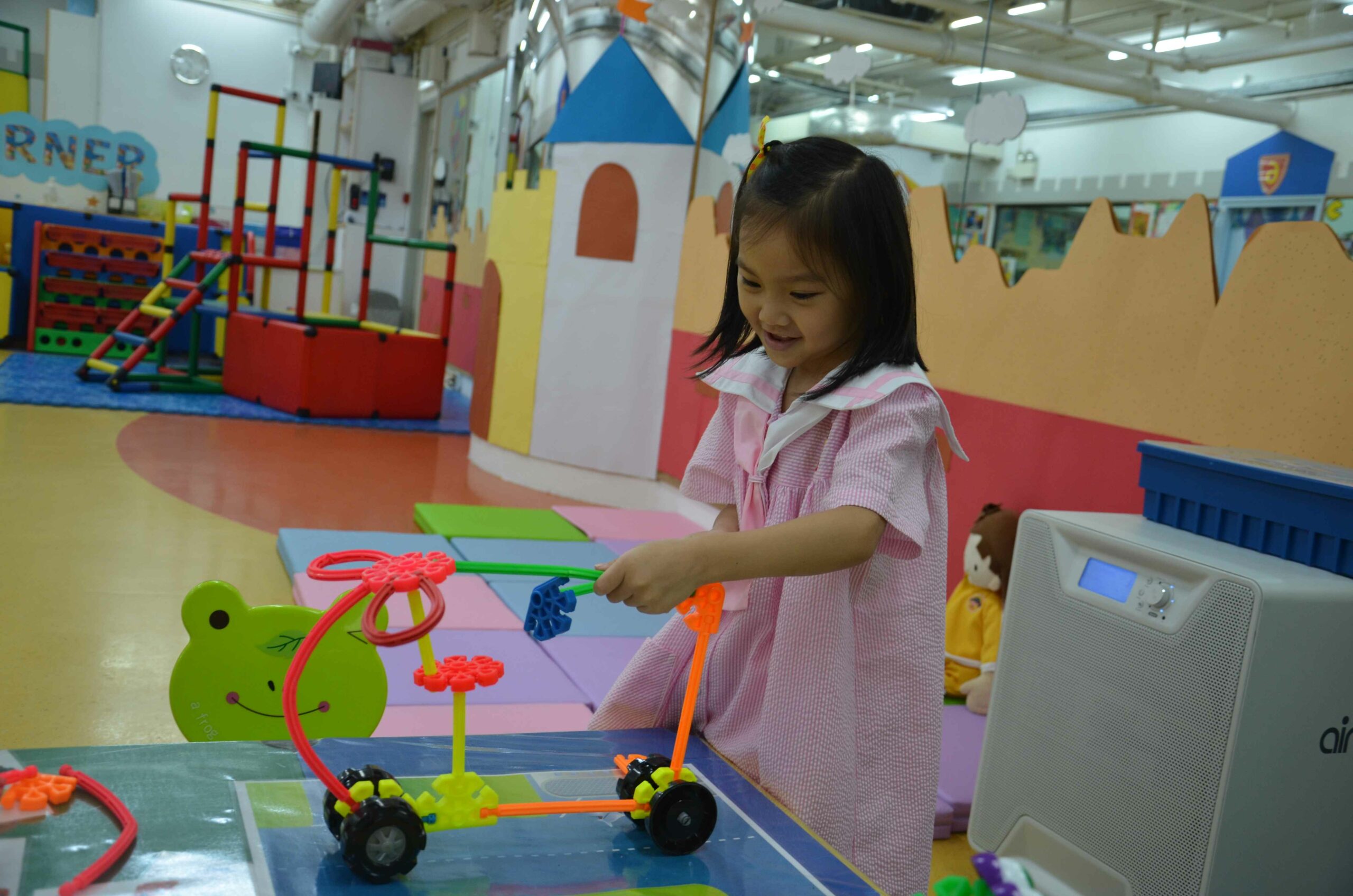
2) Stimulating Thinking
Let children learn through games. In the learning process, children acquire abilities like “paying attention”, “seriousness”, “self sufficiency”, “exploration”, “thinking”...
Let children learn through games. In the learning process, children acquire abilities like “paying attention”, “seriousness”, “self sufficiency”, “exploration”, “thinking”, “comprehension”, “judgment”, and “creativity”. This helps children absorb new knowledge, self learn, and self discipline. They learn to work with others, get along, and grow better.

3) Unleashing Potential
Howard Gardner, Professor of Cognition and Education at Harvard University, developed the theory of Multiple Intelligences in which he indicated that human intelligence involved 8 areas...
Howard Gardner, Professor of Cognition and Education at Harvard University, developed the theory of Multiple Intelligences in which he indicated that human intelligence involved 8 areas: languages, music, logic and mathematics, spatial ability, bodily motion, introspection, social skills and naturalistic intelligence. Based on this theory and integrated with experience from years of practice, Dr. Luk has designed a suitable and comprehensive curriculum for children, from contents to tools as well as methods of instruction. Our practice has shown that children who studied at Creative Kindergarten have benefited from the best guidance for growth, the development of each kind of intelligence, as well as the chance to further cultivate the potential uniqueness of each child.
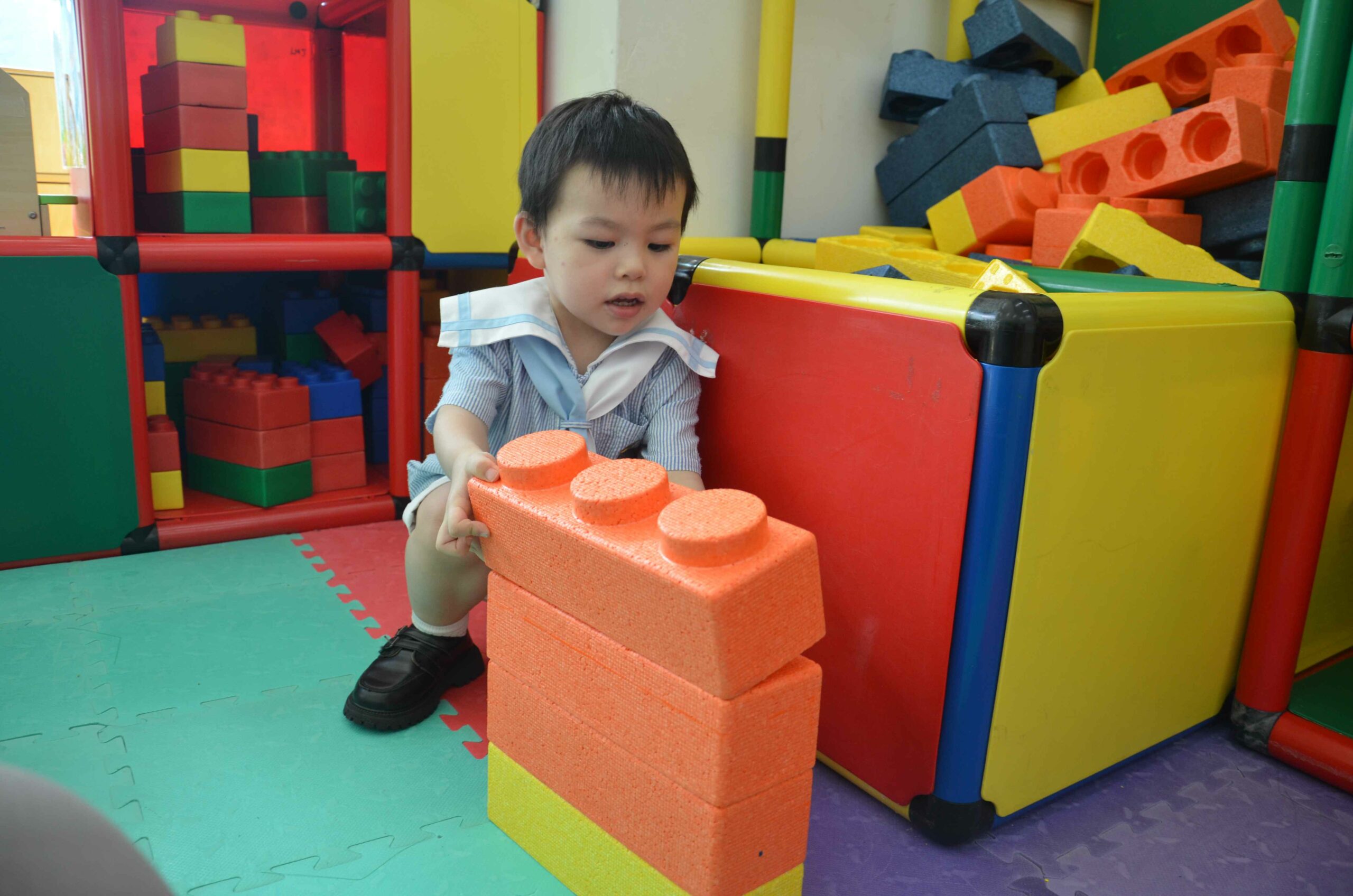
4) Inspiring Creativity
In promoting creativity, we stimulate our children's interest in learning. In a way, we let children develop their potential through self learning. Great emphasis is placed on the nurturing of creativity...
In promoting creativity, we stimulate our children's interest in learning. In a way, we let children develop their potential through self learning. Great emphasis is placed on the nurturing of creativity. In each Creative Kindergarten, we have set up a “creative room” or “creative corner” for children to create and show their works. Children are encouraged to appreciate and accept works by others. Parents and teachers also get to understand children's world, their potentials and guide them to develop better.
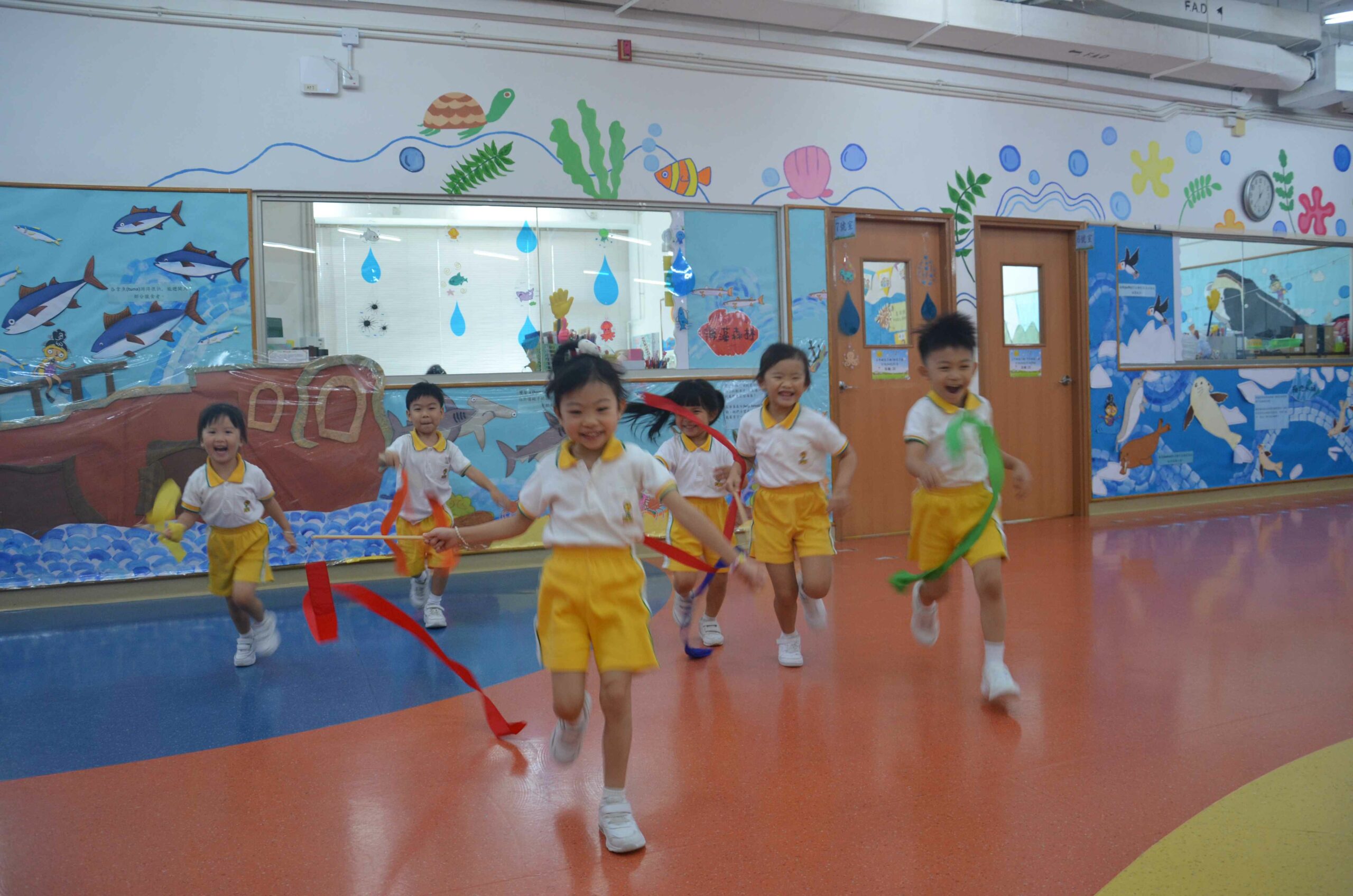
5) Building Children's Confidence Through Joyful Learning
Through joyful learning, children are happy to participate in activities they find interesting. As there is a direct correlation between learning effectiveness and fun in learning, we organize fun activities that...
Through joyful learning, children are happy to participate in activities they find interesting. As there is a direct correlation between learning effectiveness and fun in learning, we organize fun activities that give children a sense of achievement, so that they will enjoy learning as joyful pursuits, and happily harvest their fruits of success. Joyful learning at school not only is enjoyable for children; it also helps to nurture their desire to learn on their own, and to develop self confidence in the process.
